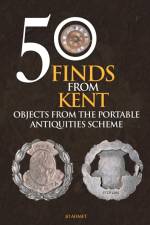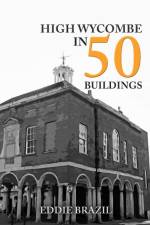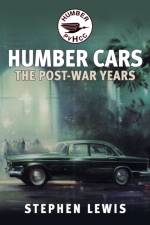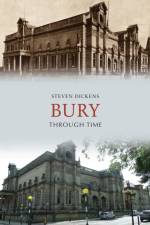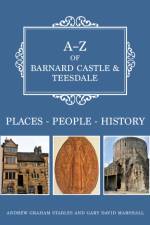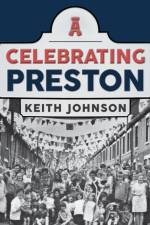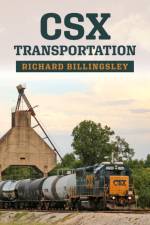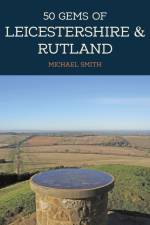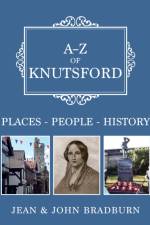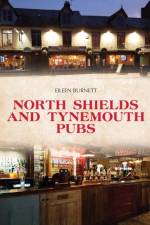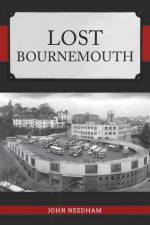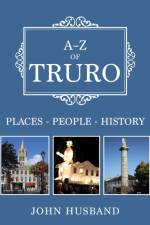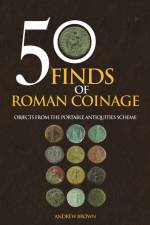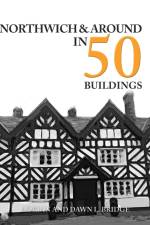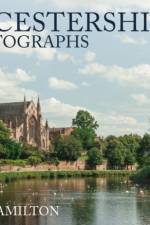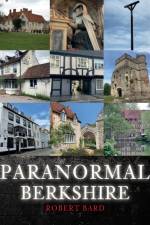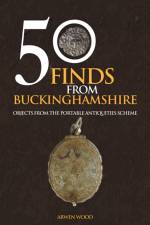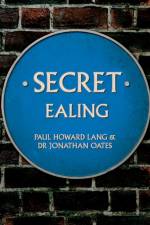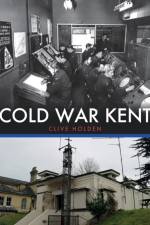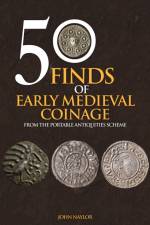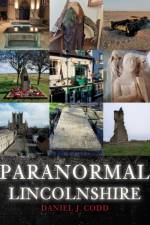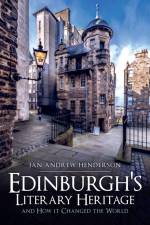av Adrian and Dawn L. Bridge
190,99
Northwich has an impressive history stretching back to Roman times when the surrounding area was exploited for its salt pans. Although the town's history goes back so far, the township was a very small one, comprising little more than 6 square acres of land. It was surrounded by nearby larger communities such as Witton-cum-Twambrooks, Leftwich, Hartford and Davenham. However, during the nineteenth and twentieth centuries, Northwich expanded to incorporate many of these neighbouring towns and villages, and is now largely indistinguishable from such parishes. There is one long continuous ribbon of development stretching out into the Cheshire countryside. In Northwich & Around in 50 Buildings, local authors Adrian and Dawn L. Bridge seek out landmarks and structures from across the centuries which are significant to the town. These are the buildings that reveal the fascinating history of Northwich and its environs and tell the story of its people and their way of life. Focusing upon key themes including ancient buildings, portable buildings, industrial heritage, residences of the rich and poor, Victorian paternalism, leisure and retail, and modern buildings, the authors study a wide range of structures that served many different purposes and were built in contrasting styles. Among those featured are Vale Royal Abbey, Arley Hall, the Lion Salt Works, Anderton Boat Lift, the local workhouse, churches, schools, pubs, hospitals and places of entertainment. Coming right up to the twenty-first century, the Baron's Quay development and the Northwich Memorial Court complex are also included in this detailed and engaging chronicle of the area's history and architecture.

